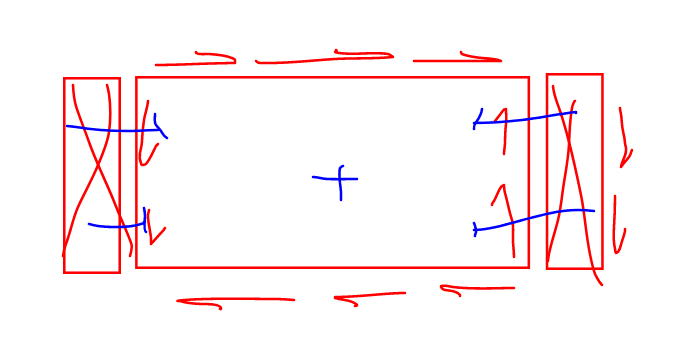FloydLloyd
Structural
- Nov 23, 2005
- 22
Any thoughts about applying the FTAO straps to the inside of the wall, sheathing on the outside?
10x12 porch addition, loads are moderate, strap tension 680 lbs, hold downs 450lbs, unit shear on piers ~ 200 plf. Sheathing is blocked.
Thanks for your response,
D
10x12 porch addition, loads are moderate, strap tension 680 lbs, hold downs 450lbs, unit shear on piers ~ 200 plf. Sheathing is blocked.
Thanks for your response,
D

